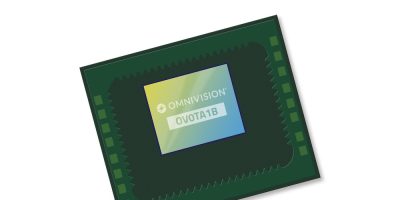Omron has launched a new high power PCB relay which requires up to 51% less mounting space compared to similar 480VAC 55A relays. Weighing just 18g, the relay requires 488mm2, the G6QG relay can contribute towards significant space savings while delivering high voltage and current endurance. The relay is perfectly suited to high voltage energy infrastructure applications such as electric vehicles (EV) chargers and photovoltaic (PV) inverters.
Despite its small size and low height, the G6QG is capable of high-capacity switching with a contact rating of 480 VAC, 55A. A large contact gap of minimum 2 mm means that the device is compliant with Solar Power Generation Standard IEC62109, while also providing improved insulation between contacts. The G6QG is capable of 10 kV high withstand voltage between coil and contact. Its coil holding voltage, which can be applied as 35%-50% of rated coil voltage, reduces coil power consumption to approximately 12% of rated voltage. Overall power consumption is 1400mW, is also saved as 172mW in case of coil holding voltage 35%.
The profile of the relay is 33% lower than that of competitor products currently on the market and 50% lighter. For designers of energy infrastructure equipment this can contribute towards smaller and lighter boards and devices, or freeing up space for additional capacity or functionality. Examples of suitable applications include solar power generation systems, inverters for solar and energy storage, EV charging stations, industrial inverters, home appliances, and other industrial equipment.







